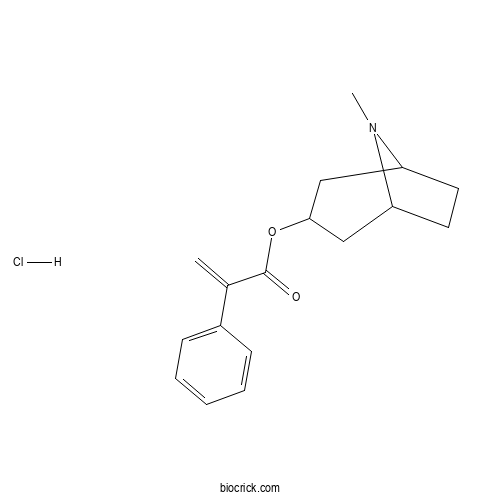Products for Nitrogen-containing Compounds
-
BCC8187
Hydrastine
Hydrastine is a natural alkaloid which is present in Hydrastis canadensis and other plants of the ranunculaceae family.(CAS NO.:118-08-1)
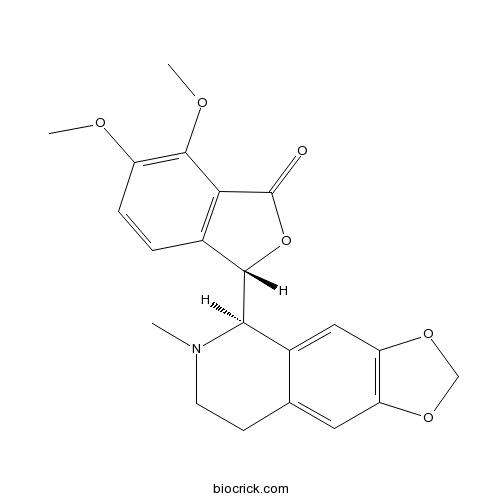
-
BCN5971
Sophocarpine
Sophocarpine (monohydrate) is one of the significant alkaloid extracted from the traditional herb medicine Sophora flavescens which has many pharmacological properties such as anti-virus, anti-tumor, anti-inflammatory. Sophocarpine (monohydrate) significantly inhibits the growth of gastric cancer (GC) cells through multiple mechanisms such as induction of autophagy, activation of cell apoptosis and down-regulation of cell survival PI3K/AKT signaling pathway. Sophocarpine (monohydrate) has been demonstrated to have anti-tumor activity in various cancer cells, including hepatocellular carcinoma, prostate cancer and colorectal cancer.(CAS NO.:145572-44-7)
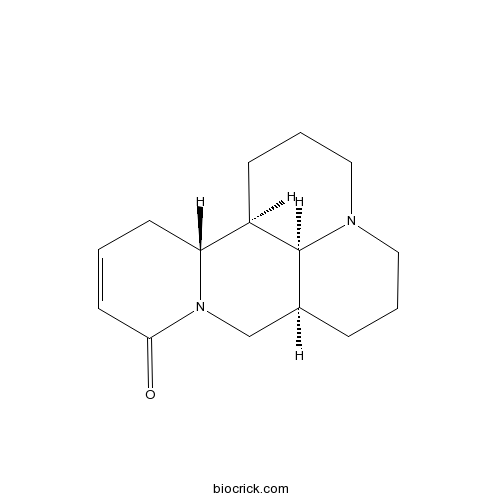
-
BCC8216
N-Caffeoyl-O-methyltyramine
N-Caffeoyl O-methyltyramine is a class of alkaloid isolated from Cuscuta reflexa with strong inhibitory activity against α-glucosidase (IC50 of 103.58 μM).(CAS NO.:189307-47-9)
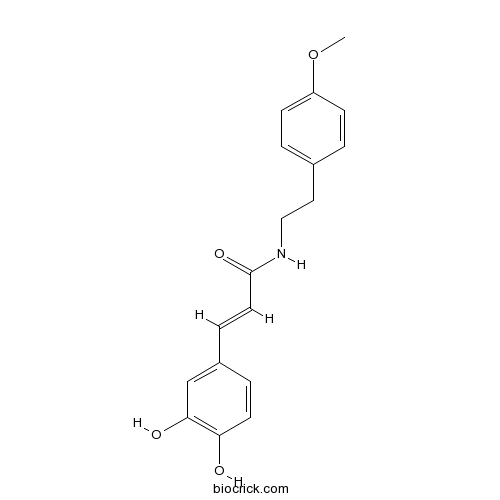
-
BCN8304
Leonurin monohydrochloride
Leonurine hydrochloride is an alkaloid isolated from Herba leonuri, with anti-oxidative and anti-inflammatory.(CAS NO.:24735-18-0)
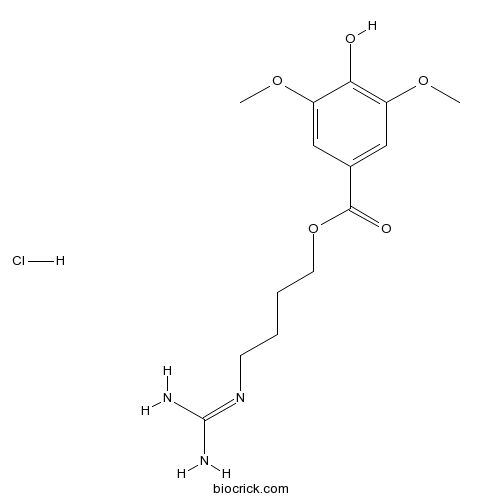
-
BCC6593
Muscimol
Potent GABAA agonist(CAS NO.:2763-96-4)
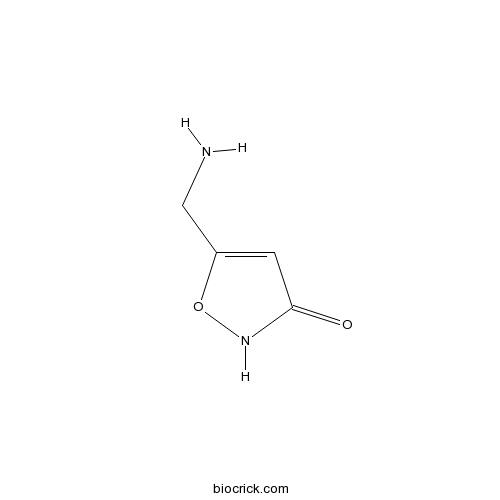
-
BCN8307
Emetine dihydrochloride
Emetine dihydrochloride, derived from the ipecac root, is a potent anti-protozoal and emetic agent. Emetine dihydrochloride inhibits viral polymerases and inhibits Zika and Ebola virus infections. Emetine dihydrochloride potently inhibits autophagy and has anti-malarial, anti-bacterial and anti-amoebic effect.(CAS NO.:316-42-7)
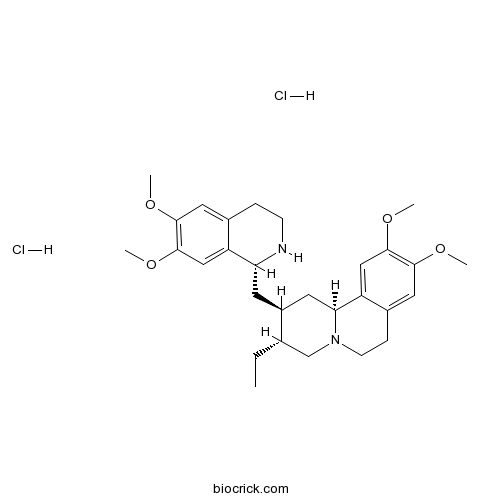
-
BCN8322
Chelerythrine chloride
Chelerythrine chloride is a potent, cell-permeable inhibitor of protein kinase C, with an IC50 of 660 nM. Chelerythrine chloride inhibits the Bcl-XL-Bak BH3 peptide binding with IC50 of 1.5 μM and displaces Bax from Bcl-XL. Chelerythrine chloride induces apoptosis and autophagy.(CAS NO.:3895-92-9)
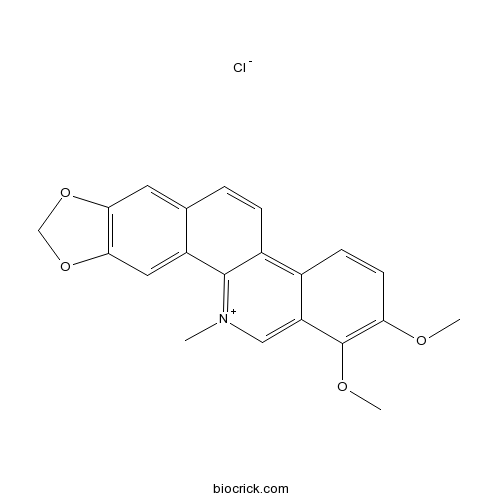
-
BCC8106
L-5-Hydroxytryptophan
L-5-Hydroxytryptophan (L-5-HTP), a naturally occurring amino acid and a dietary supplement for use as an antidepressant, appetite suppressant, and sleep aid, is the immediate precursor of the neurotransmitter serotonin and a reserpine antagonist. L-5-Hydroxytryptophan (L-5-HTP) is used to treat fibromyalgia, myoclonus, migraine, and cerebellar ataxia.(CAS NO.:4350-09-8)
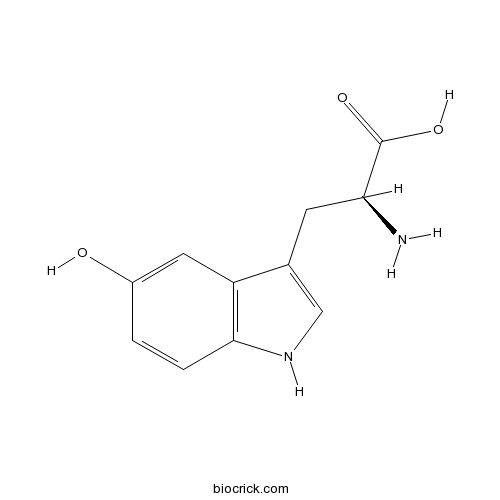
-
BCC5316
Cinchonidine
Cinchonidine (α-Quinidine) is a cinchona alkaloid found in Cinchona officinalis and Gongronema latifolium. A building block used in asymmetric synthesis in organic chemistry. Weak inhibitor of serotonin transporter (SERT) with Kis of 330, 4.2, 36, 196, 15 μM for dSERT, hSERT, hSERT I172M, hSERT S438T, hSERT Y95F, respectively. Antimalarial activities.(CAS NO.:485-71-2)
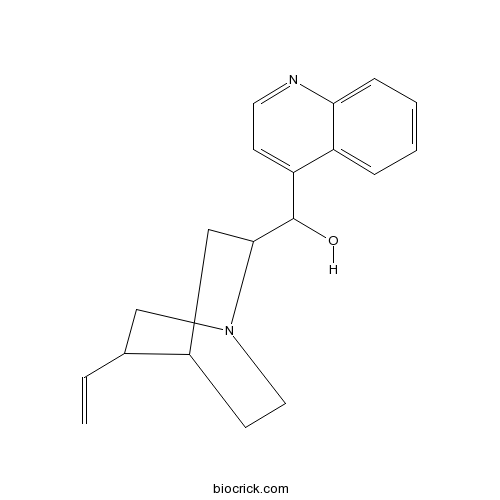
-
BCC8119
Anisodamine hydrobromide
Botanical source: (CAS NO.:55449-49-5)
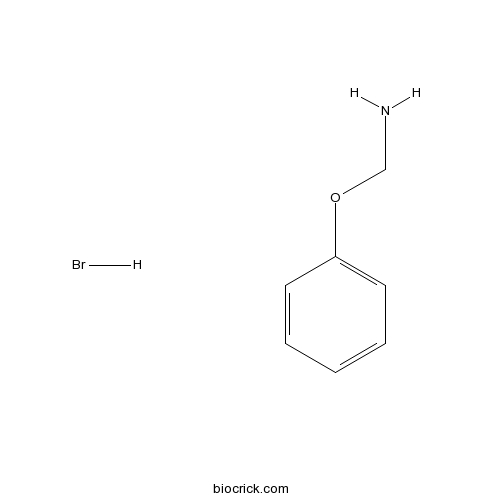
-
BCC3190
H-Ala-OH
L-Alanine is a non-essential amino acid, involved in sugar and acid metabolism, increases immunity, and provides energy for muscle tissue, brain, and central nervous system.(CAS NO.:56-41-7)
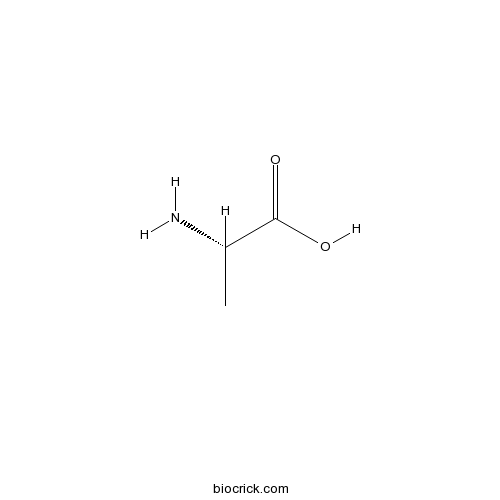
-
BCC7863
Quinidine
Quinidine is an antiarrhythmic agent for the treatment of abnormal heart rhythms and also malaria.(CAS NO.:56-54-2)
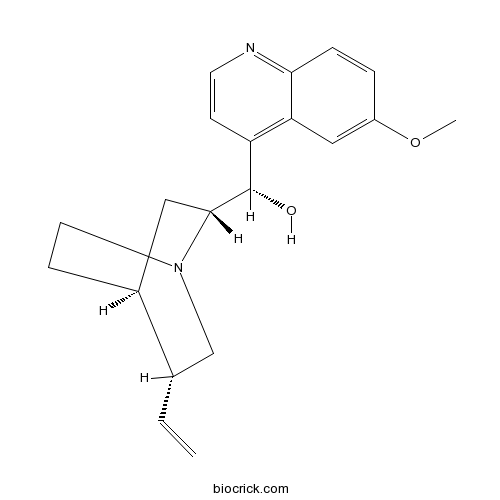
-
BCC2881
H-Asp-OH
L-Aspartic acid is is an amino acid, shown to be a suitable prodrug for colon-specific drug deliverly.(CAS NO.:56-84-8)
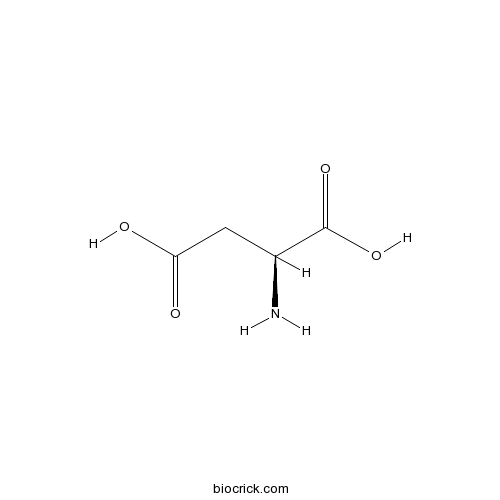
-
BCC3803
L-Glutamine
L-Glutamine is a non-essential amino acid present abundantly throughout the body and is involved in gastrointestinal disorders.(CAS NO.:56-85-9)
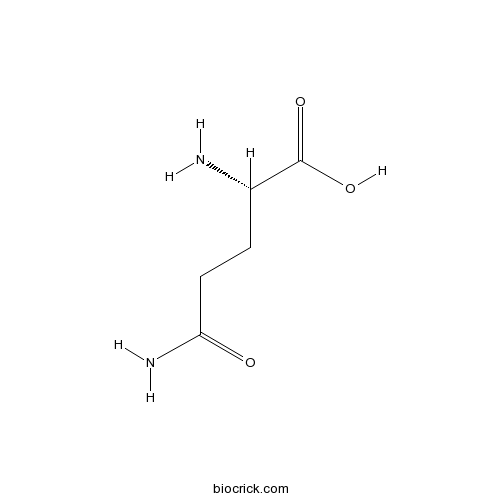
-
BCC6574
Guvacine hydrochloride
Guvacine hydrochloride is an alkaloid from the nut of Areca catechu, acts as an inhibitor of GABA transporter, and dispalys modest selectivity for cloned GABA transporters with IC50s of 14 μM (human GAT-1), 39 μM (rat GAT-1), 58 μM (rat GAT-2), 119 μM (human GAT-3), 378 μM (rat GAT-3), and 1870 μM (human BGT-3).(CAS NO.:6027-91-4)
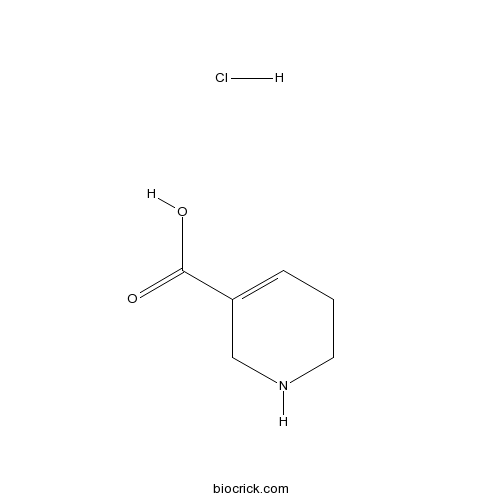
-
BCC8348
Papaverine Hydrochloride
Botanical source: (CAS NO.:61-25-6)
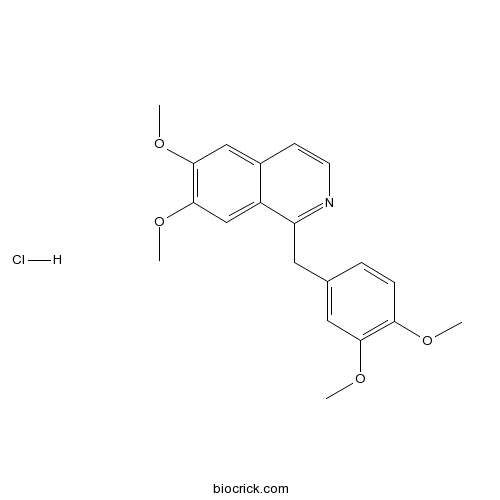
-
BCC2993
H-Met-OH
L-Methionine is the L-isomer of Methionine, an essential amino acid for human development. Methionine acts as a hepatoprotectant.(CAS NO.:63-68-3)
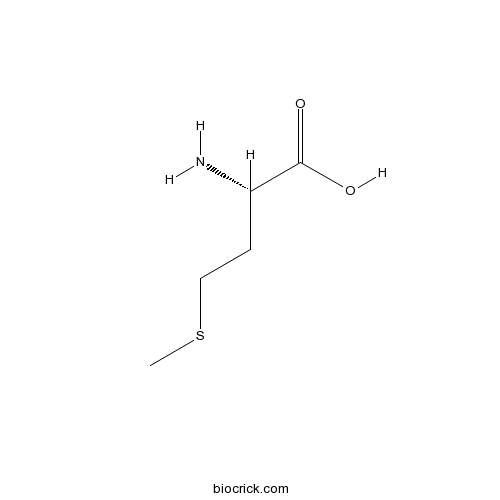
-
BCC3821
Nicotine Difartrate
Botanical source: (CAS NO.:65-31-6)
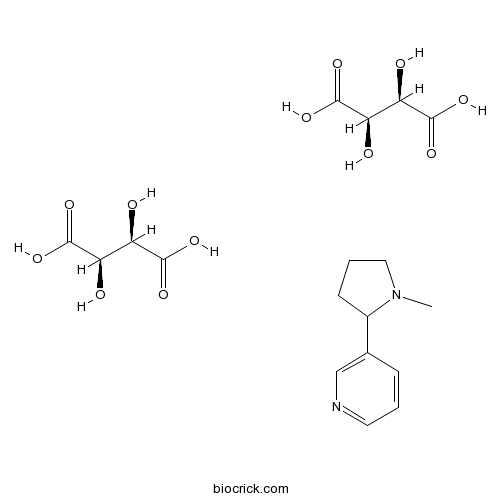
-
BCC2875
H-Asn-OH
L-Asparagine ((-)-Asparagine) is a non-essential amino acid that is involved in the metabolic control of cell functions in nerve and brain tissue.(CAS NO.:70-47-3)
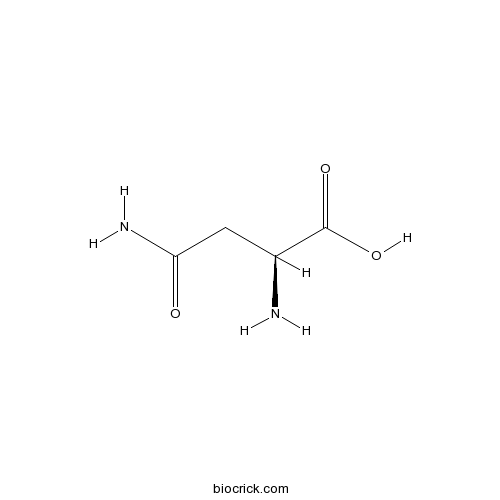
-
BCC7515
Veratridine
Veratridine (3-Veratroylveracevine), a alkaloid derived from plants in the family Liliaceae, is a sodium channel agonist. Veratridine inhibits the peak current of Nav1.7, with an IC50 of 18.39 µM.(CAS NO.:71-62-5)
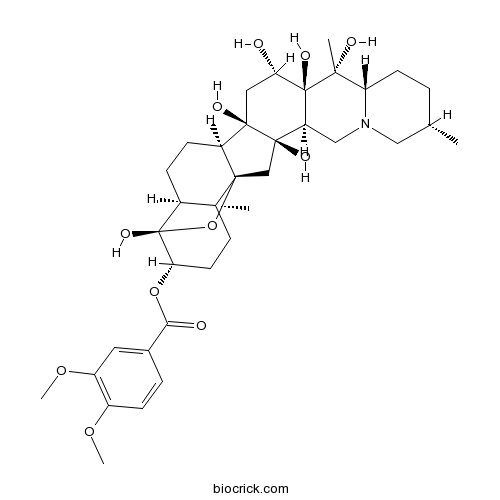
-
BCC8265
Vasicine Hydrochloride
Vasicine hydrochloride (peganine hydrochloride) is a quinazoline alkaloid isolated from Justicia adhatoda. Vasicine (peganine) possesses anti- tuberculosis activity.(CAS NO.:7174-27-8)
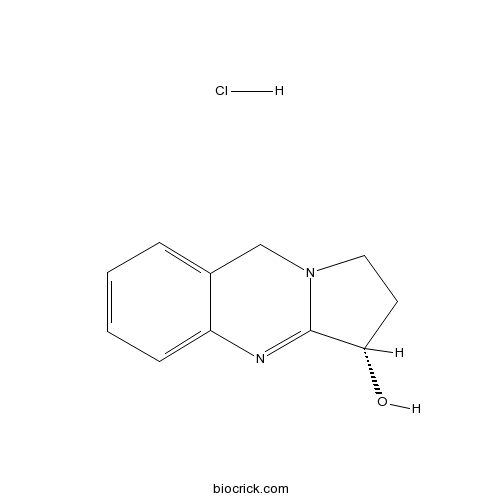
-
BCN0294
L-(±)-Alliin
Botanical source: (CAS NO.:17795-26-5)
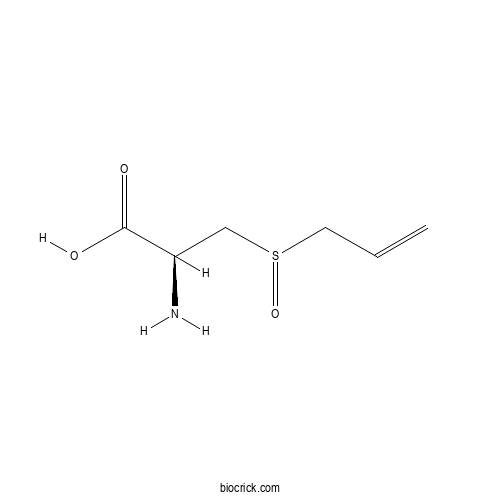
-
BCN0297
Anisodine hydrobromide
Botanical source: (CAS NO.:76822-34-9)
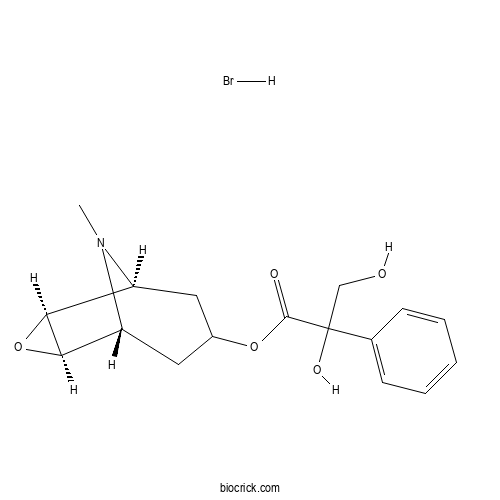
-
BCN0298
(-)-Antofine
Botanical source: 1 Cryptocarya sp. 2 Ficus sp. 3 Tylophora sp. 4 Vincetoxicum sp.(CAS NO.:32671-82-2)
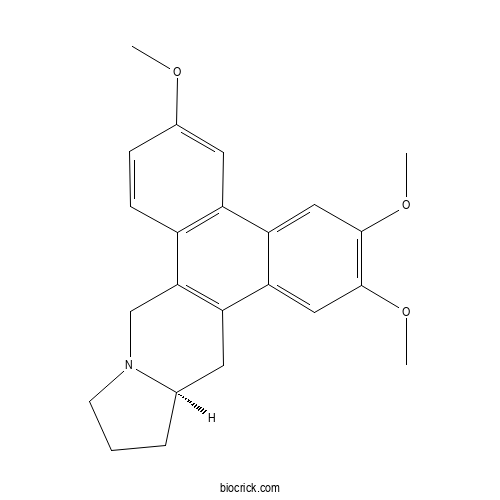
-
BCN0299
Apoatropine hydrochloride
Botanical source: (CAS NO.:5978-81-4)
